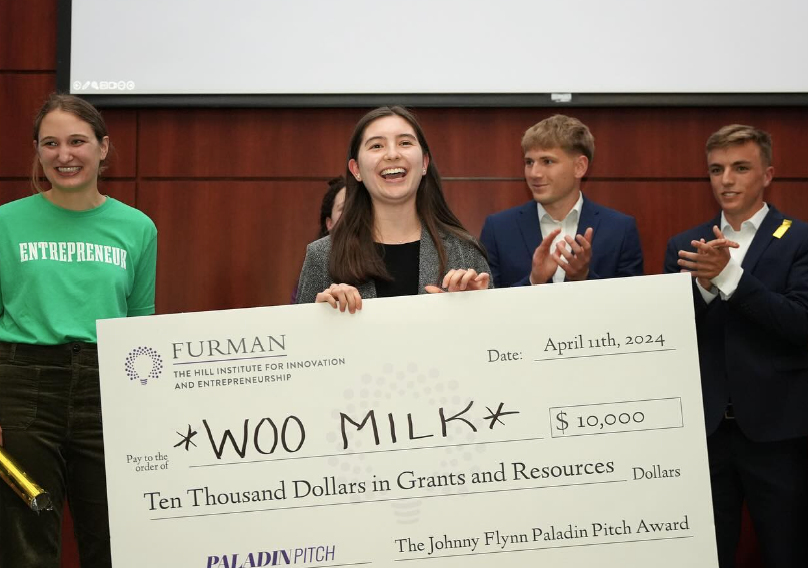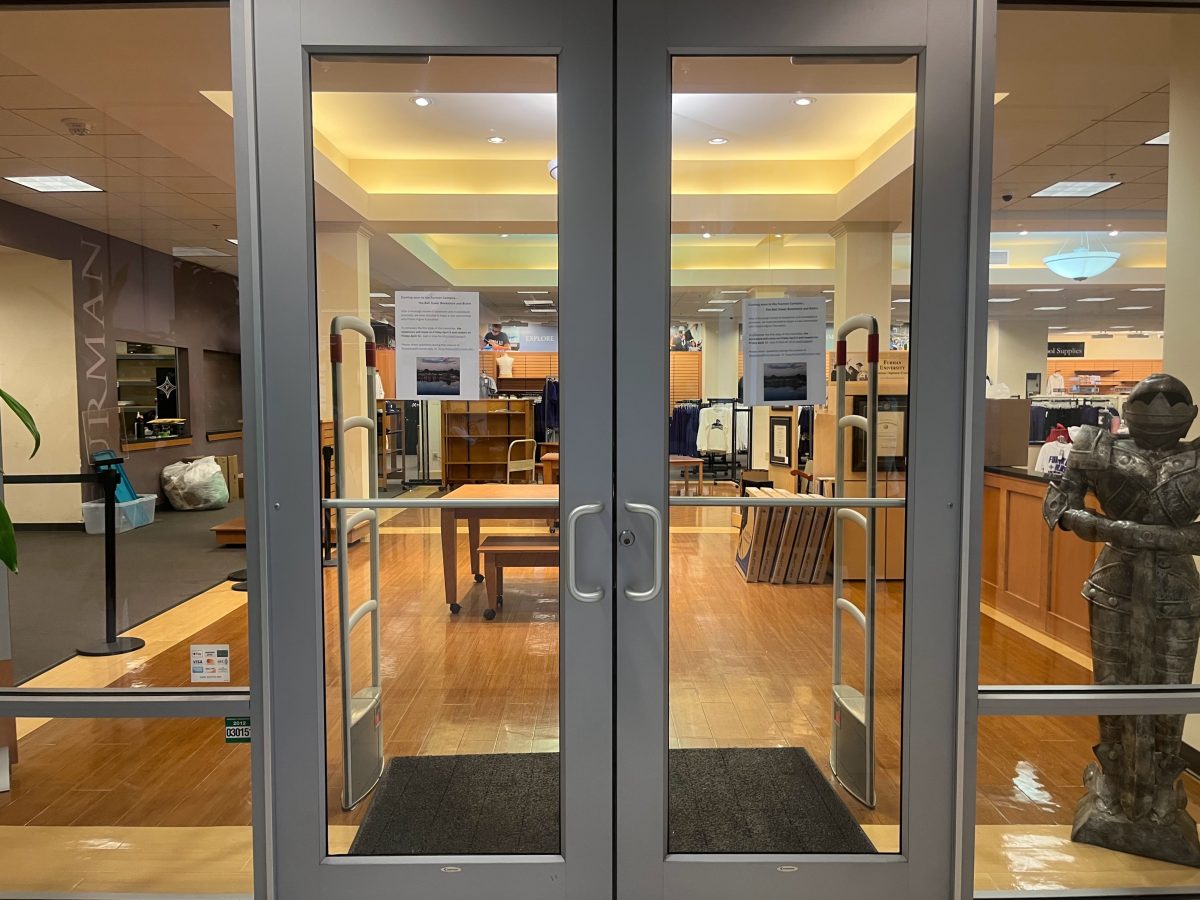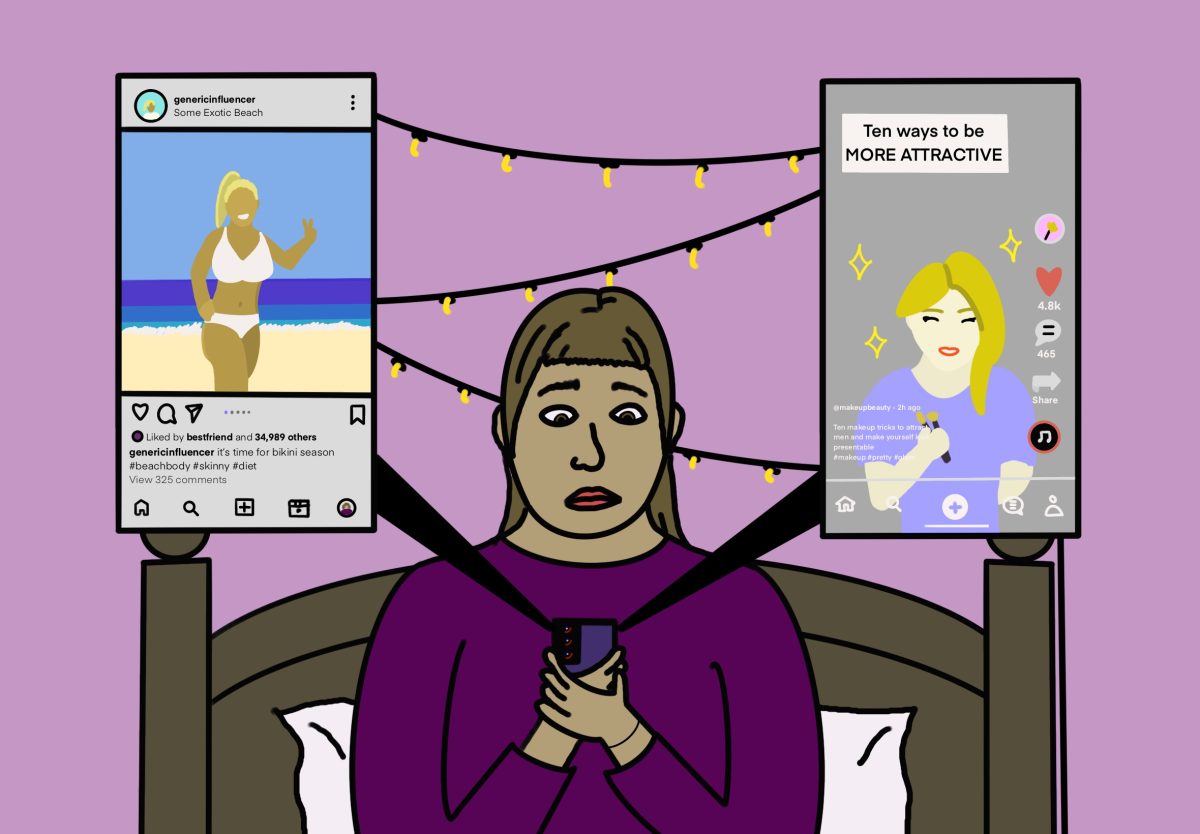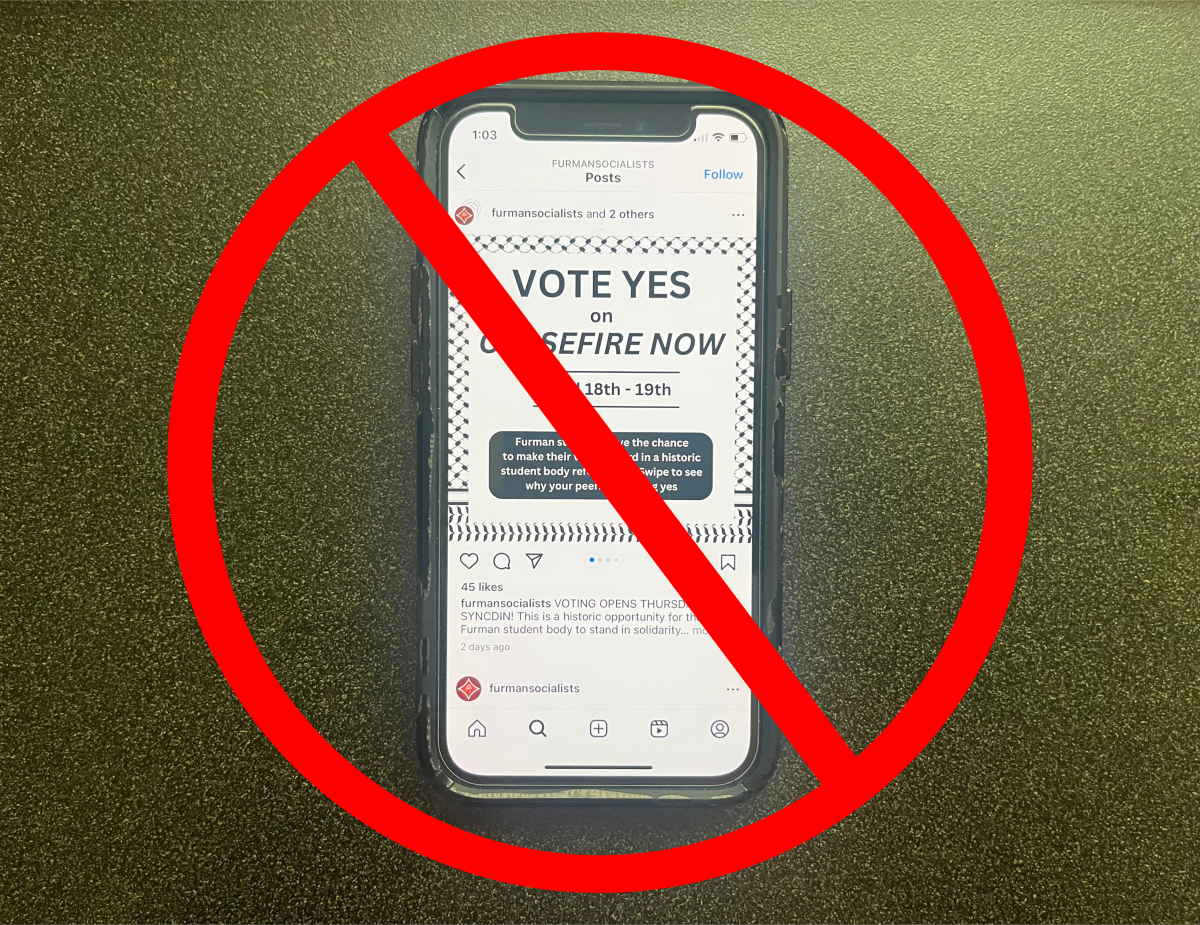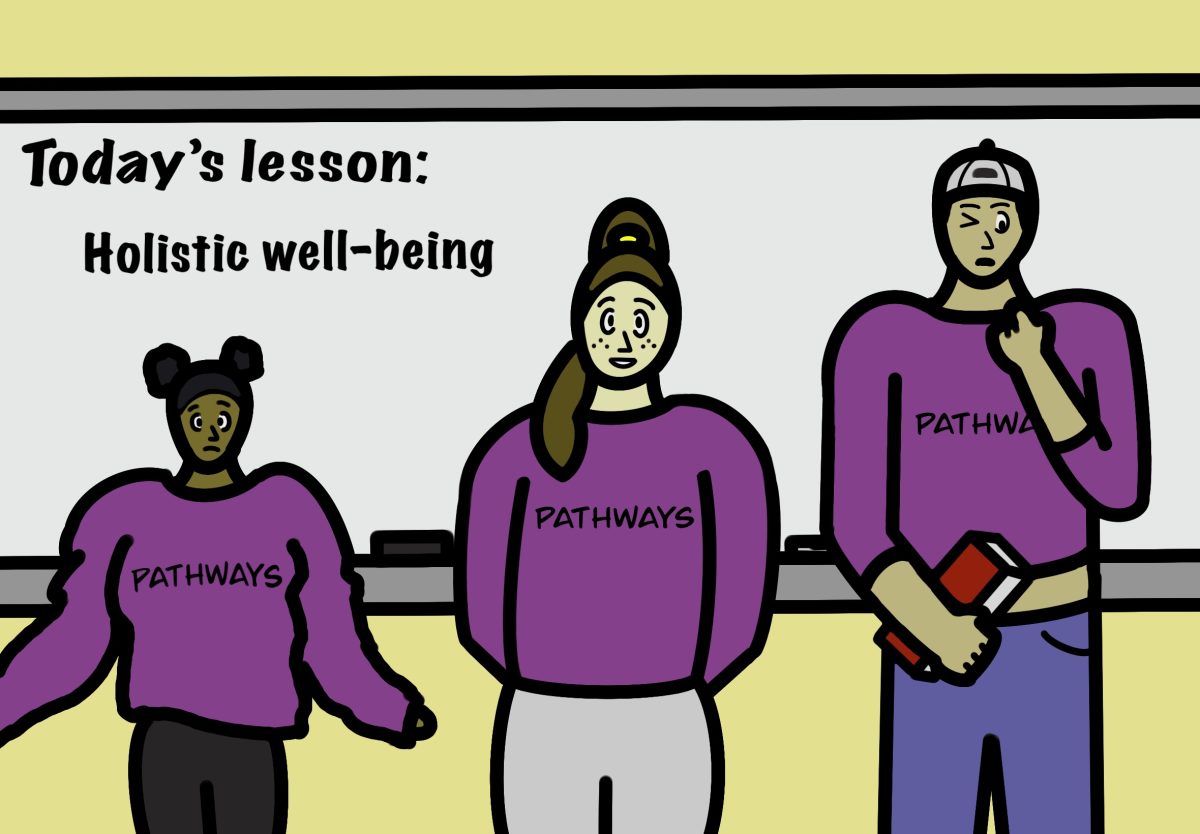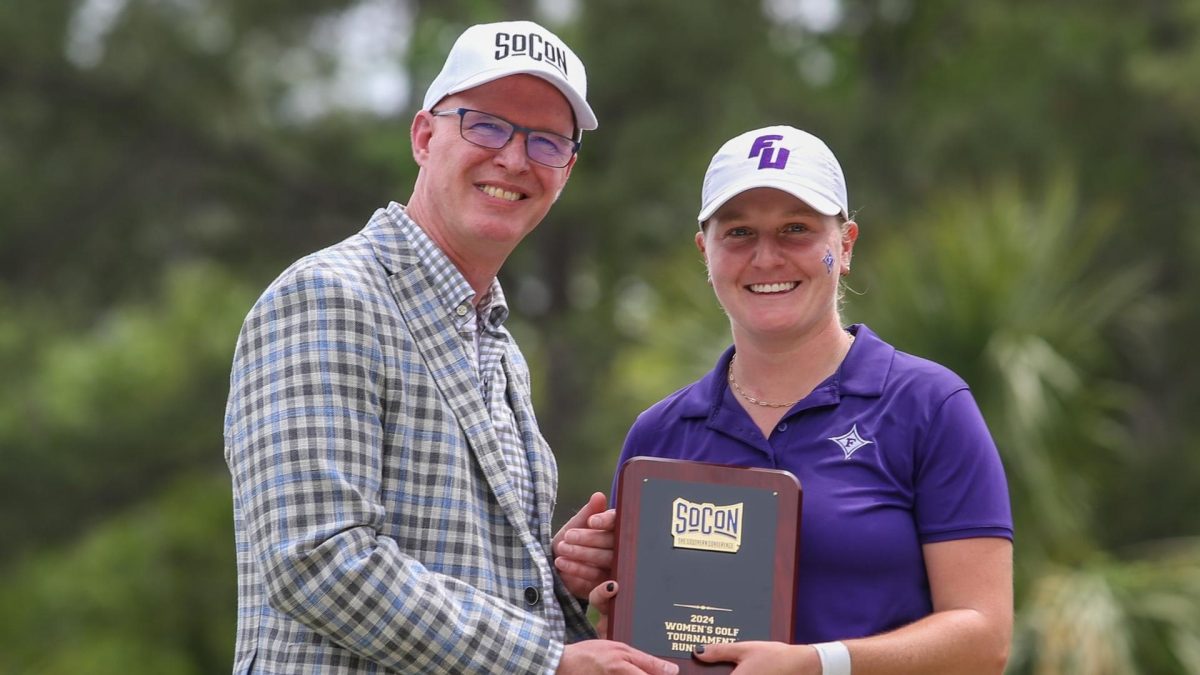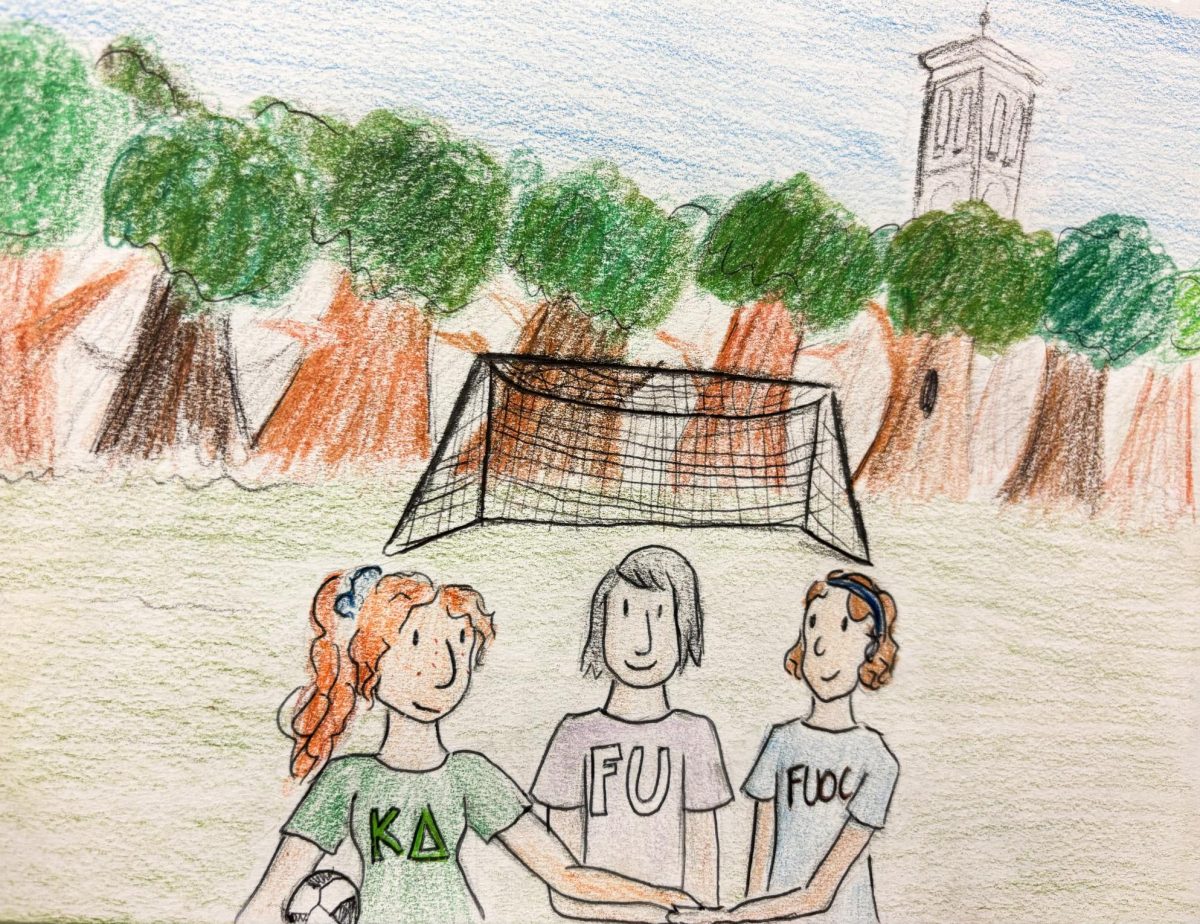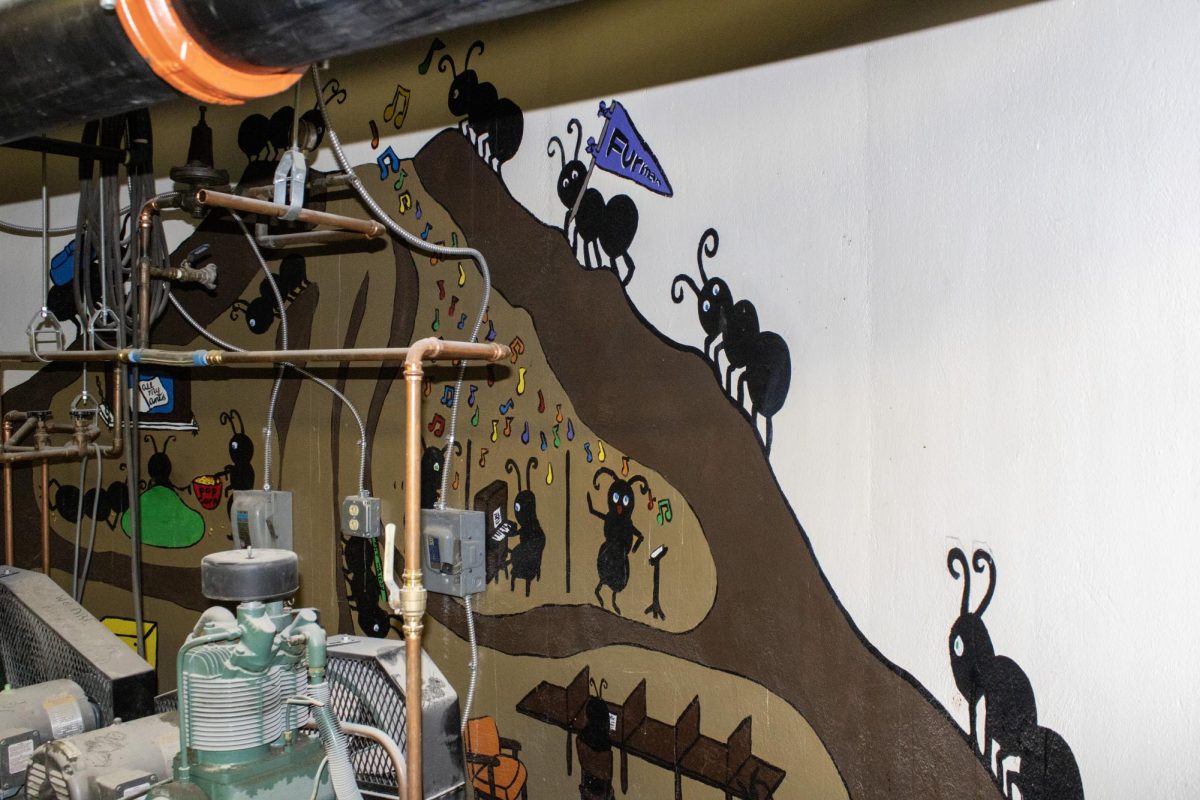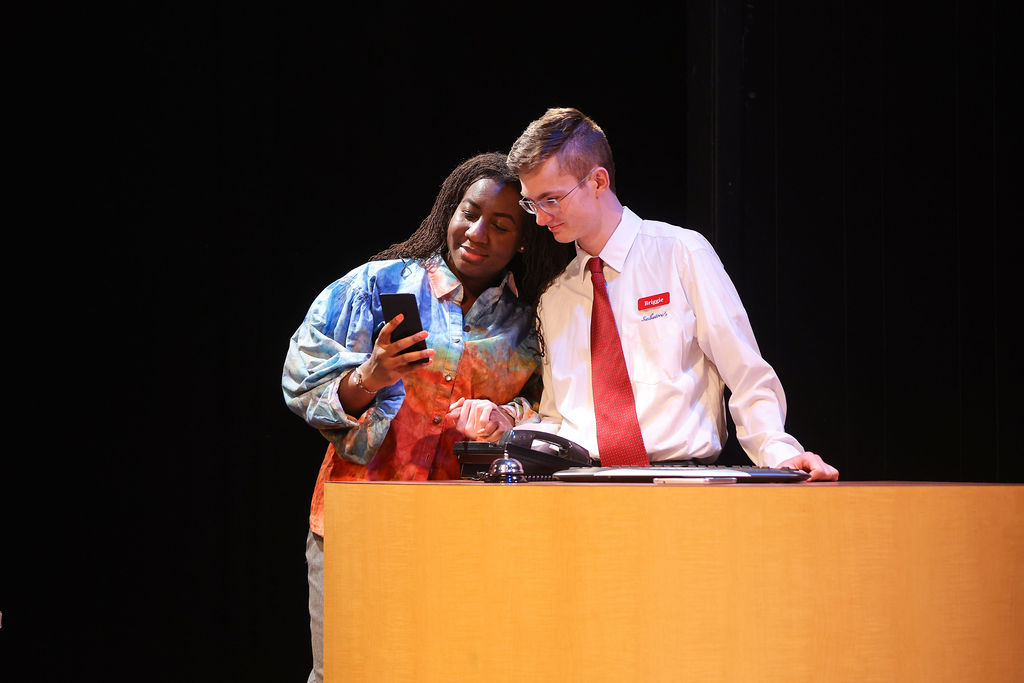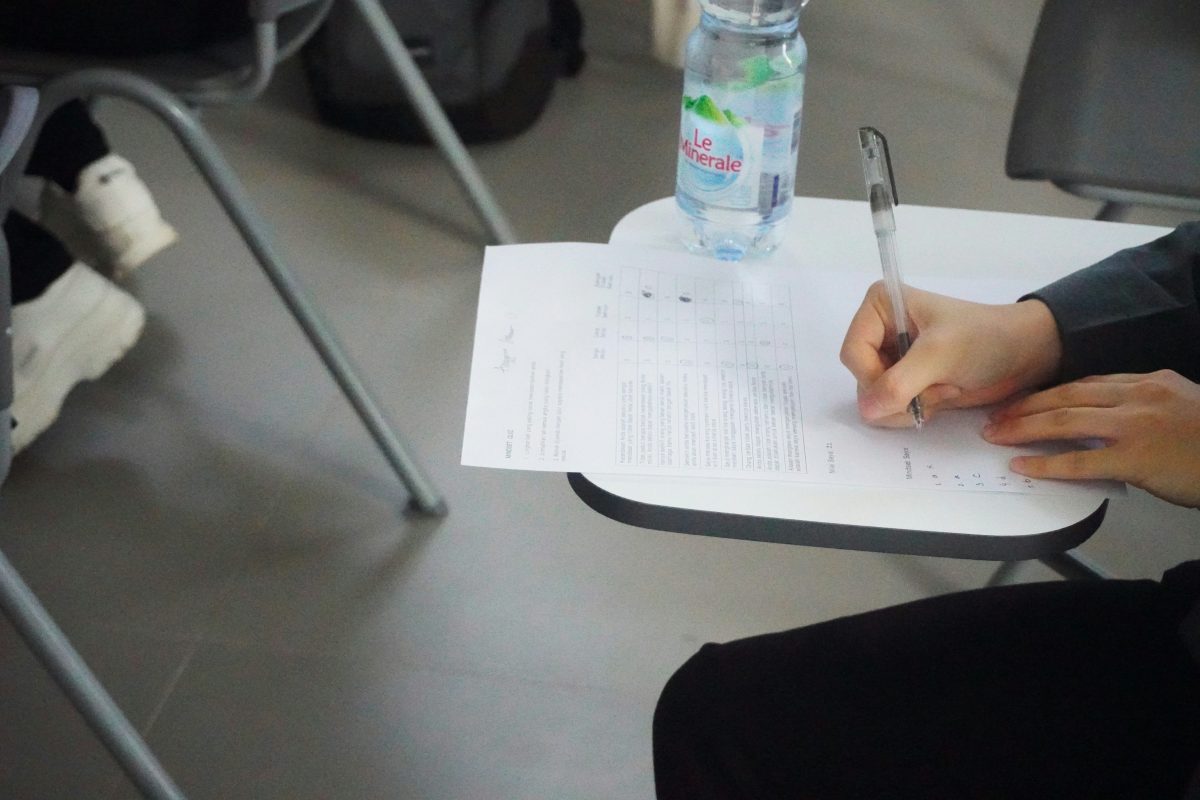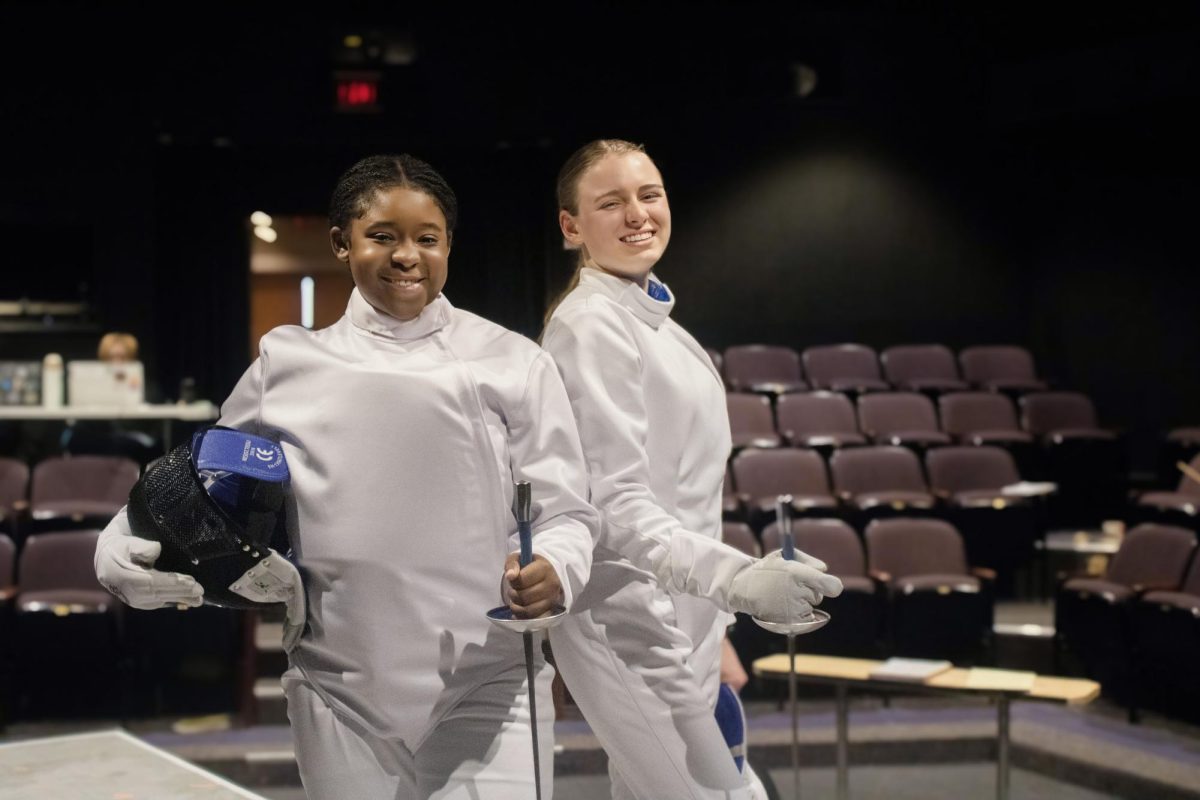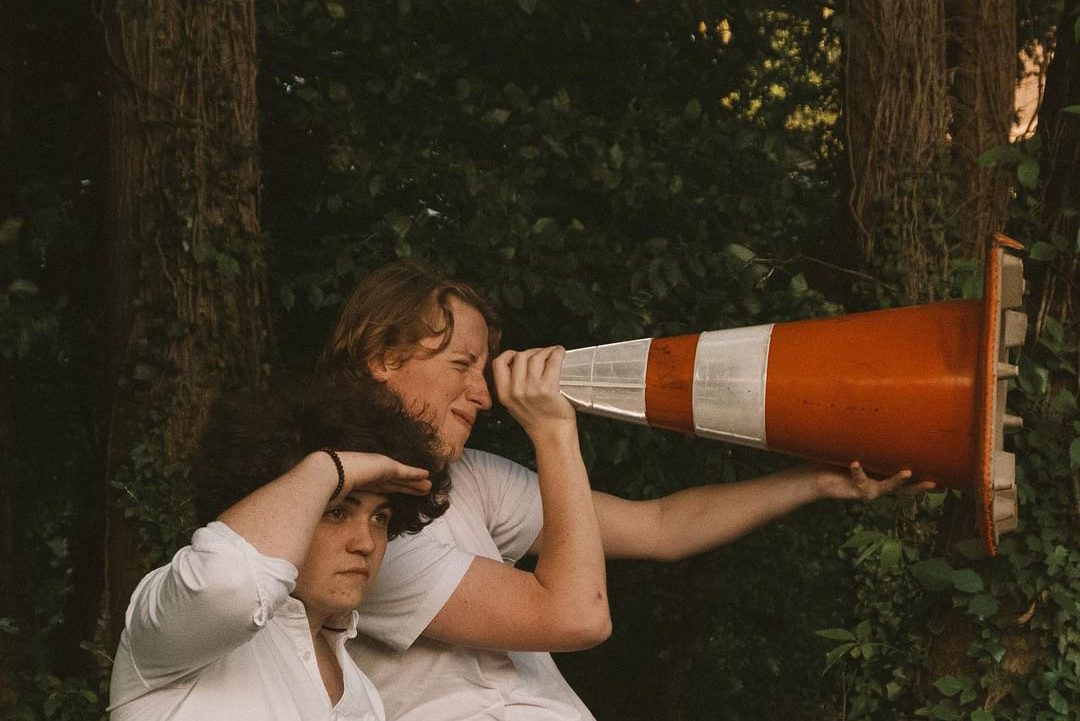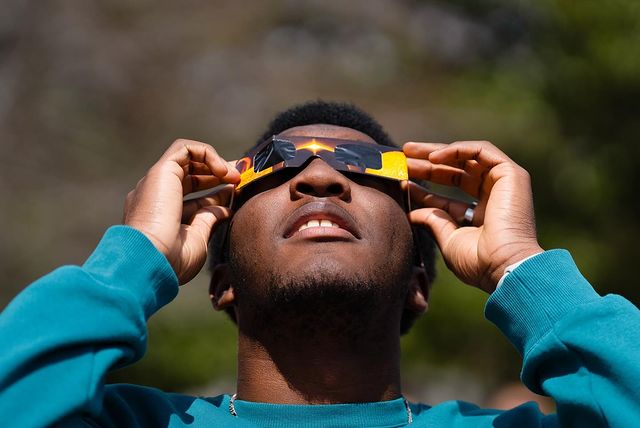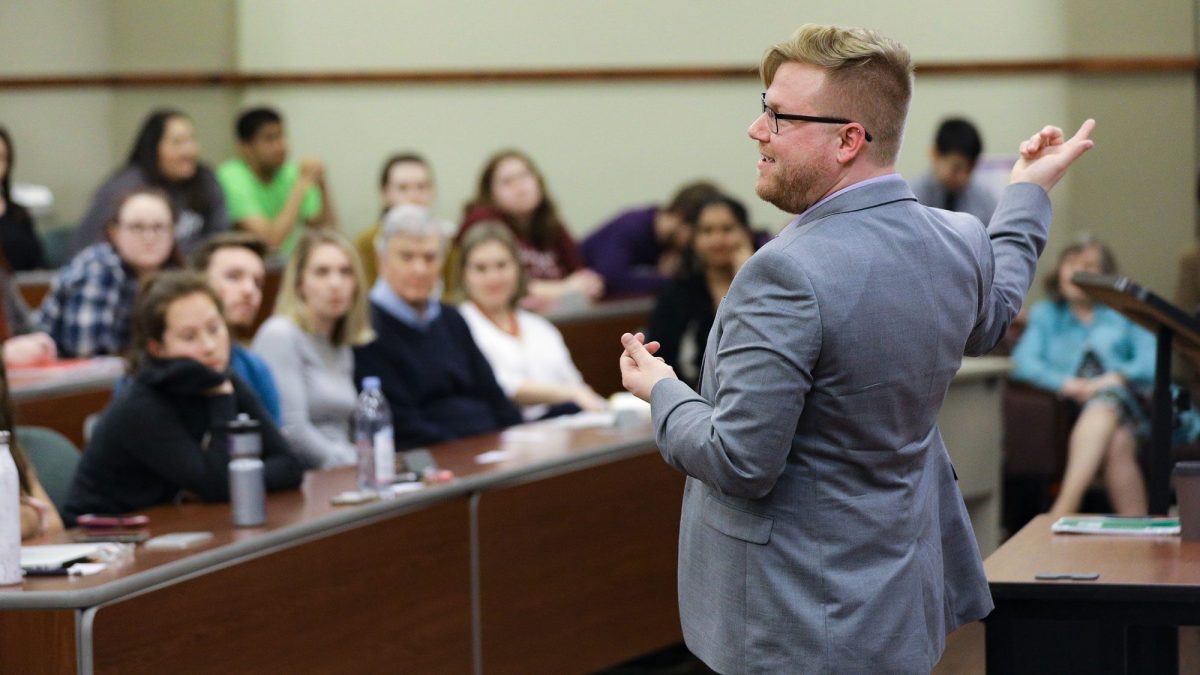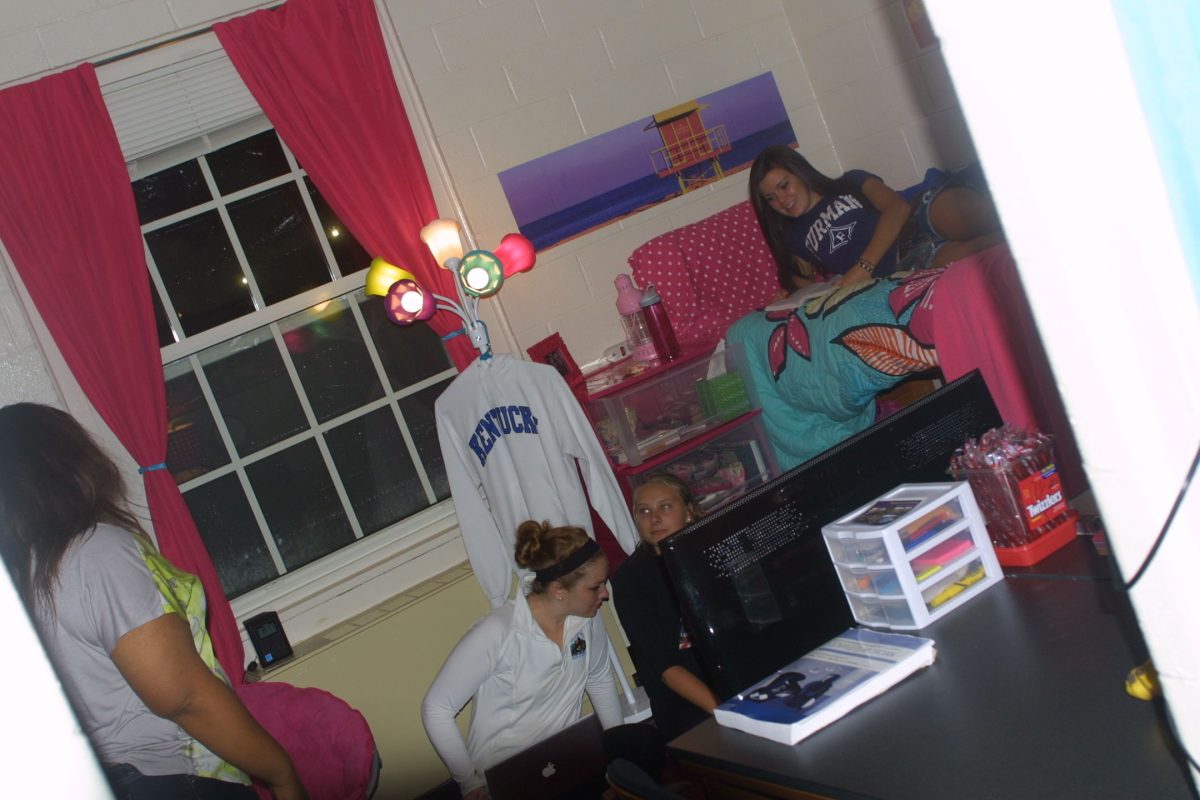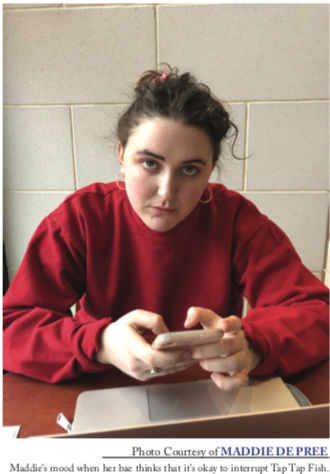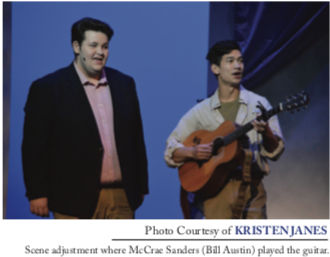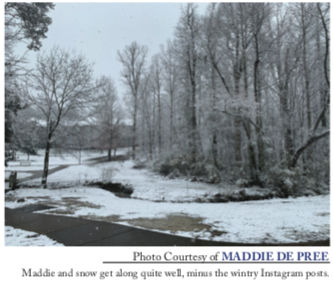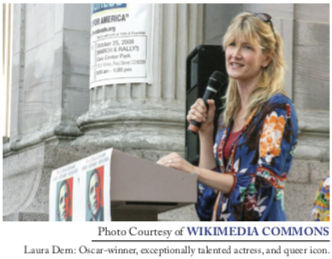I came to “The Art of Dr. Seuss,” a traveling exhibition of Theodor Geisel’s life and work (“Dr. Seuss” was Geisel’s nom de plume) currently ensconced in the Upcountry History Museum, hoping to find the answer to a question that was troubling me. Like millions of other children, I’d grown up adoring Geisel’s work, but in light of my newly-acquired grown-upness, our relationship seemed to be a crossroads. I had to wonder: did I have anything left to learn from Dr. Seuss?
If you’d asked what Geisel meant to me when I was seven — well, if you’d asked what Dr. Seuss meant to me; I had no idea who Theodor Geisel was — I would have told you that he was my favorite author. He hadn’t written my favorite book, mind you. That distinction went to “Charlotte’s Web” by E.B White. But I never thought about E.B. White when I thought about “Charlotte’s Web.” White was just a name — a third of a name, really — printed in small, unassuming font on the front cover of the book, about a mile south of the title. Hardly a vital component of my reading experience.
As far as my seven-year-old self was concerned, anyone could have written “Charlotte’s Web.” Dr. Seuss, though, he was something else entirely. I didn’t know E.B. White from J.D. Salinger, but I could spot Seuss a mile away. His prose was unmistakable: immaculately constructed rhyming couplets, replete with words guaranteed to be found nowhere else in English literature. Then there were his no-less-eccentric illustrations. You’d know a Geisel drawing the moment you saw it. His characters are a triumph of purposeful caricature, their features perfectly calibrated to reflect their personalities. The places they inhabit and the objects with which they interact are ridiculously intricate, yet inviting and pleasant to look at. There is not a straight line to be found. Everything droops: the peak of Mt. Krumpet, Horton’s clover, the Lorax’s whiskers; and yet, Geisel’s illustrations are remarkably kinetic. He could suggest movement better than just about any still cartoonist. And the color: reds, yellows and blues so vivid they look like they might rub off on your fingers.
According to the exhibit, Geisel was influenced by the Surrealist movement of the early 20th century, but his images don’t reject reality so much as exaggerate it. I was particularly fond of an illustration Geisel did in the 1930s, entitled “The Copy Writer,” a vivid and bitter portrait of the life of an ad man. The exhausted professional lays prostrate, a coat rack holding him up by his suspenders so that he can reach his typewriter, his emaciated gaze turned upward toward his two sources of inspiration: a bust of Shakespeare and a can of beans. Geisel knew this life well; he spent most of his pre-war career creating advertisements for other people’s products. (His most famous? An illustration and slogan for FLIT insect repellent, displayed at the exhibition: as a swarm of Seussian mosquitoes descend upon their next victim, the prepared outdoorsman calls to his companion: “Quick, Henry, the FLIT!”)
“The Art of Dr. Seuss” is loaded with other such gems, each one adding a new dimension to Geisel’s life and artistry. Works-in-progress and original prints from his children’s books are on display. His more adult work is showcased as well. Some is charming, gentle satire: Geisel put his experience drawing cartoon birds to good use in a set of prints parodying New York society ladies in the 1960s; their beaks, like the noses of the aristocracy, are turned ever skyward. Some are downright shocking. If you weren’t aware that Geisel was a political cartoonist during the Second World War, seeing Hitler, Mussolini and Stalin drawn in his signature style will be a truly otherworldly experience.
As it happened, one of the items exhibited answered my question with a resounding “yes.” Even now in this, my twenty-second trip around the sun, Dr. Seuss had something yet to teach me. It came, as you might expect, in the form of a poem, delivered by Geisel in a 1977 commencement address. It’s a short piece, but one that offers indispensable advice as only he could, with comedy and clarity:
“My Uncle Terwilliger on the Art of Eating Popovers”
My uncle ordered popovers
From the restaurant’s bill of fare
And when they were served, he regarded them
With a penetrating stare…
Then he spoke great words of wisdom
As he sat there in that chair.
“To eat these things,” said my uncle,
“You must exercise great care.
You may swallow down what’s solid
BUT… you must spit out the air.”
And…as you partake of the world’s bill of
Fare,
That’s darned good advice to follow:
Do a lot of spitting out the hot air
And be careful what you swallow.
“The Art of Dr. Seuss” exhibition may be seen at the Upcountry History Museum through May 21, 2017.


